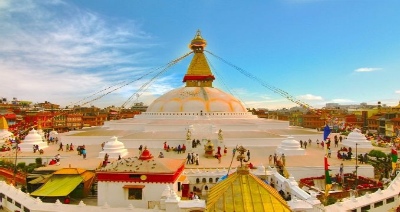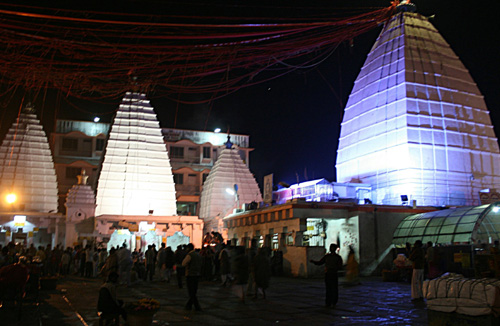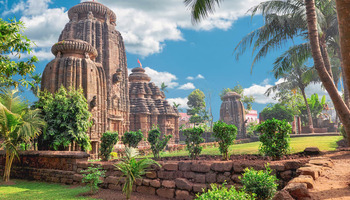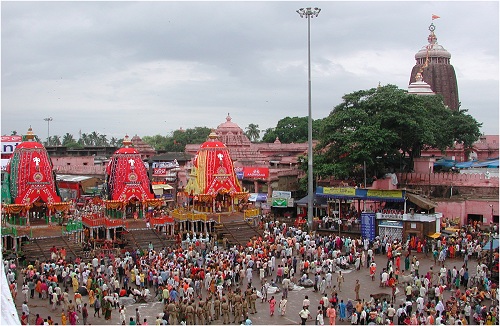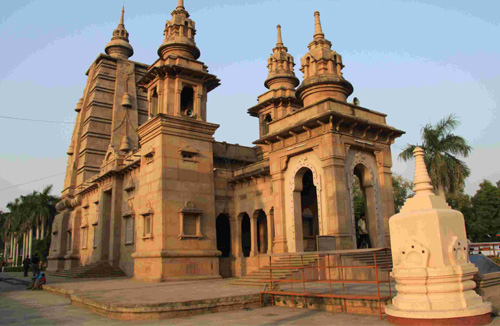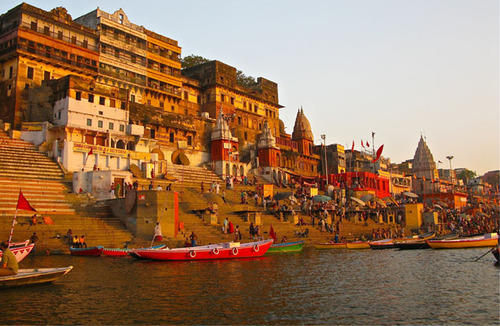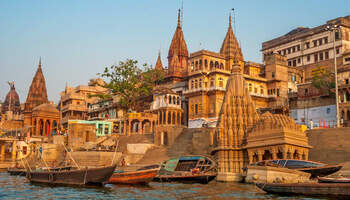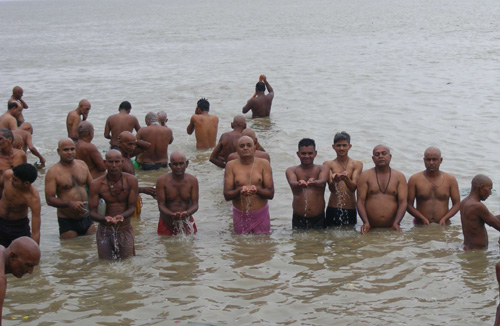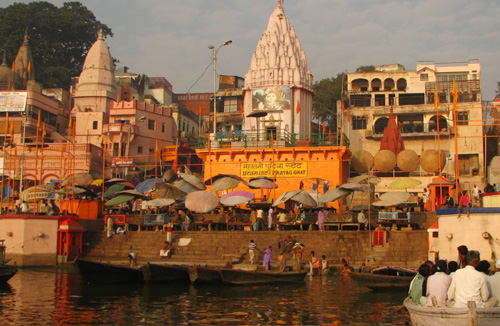- Home
-
Jyotirlinga Tours
It is a widely known fact that Lord Shiva had manifested himself in the form of a Shiva Linga during the night of Aridra Nakshatra.
Read More - Spiritual Tours
-
All Packages
Chardham Yatra
- Chota Char Dham
- India Char Dham
- Chardham Heli
- Do Dham Heli
- Badrinath Heli
- Kedarnath Heli
- Gangotri Heli
List Of Yatras
- 12 Jyotirlinga Yatra
- Ashtavinayak Yatra
- Chardham Yatra
- Kashi Yatra
- Navgraha Yatra
- Puri Rath Yatra
- Sapta Puri Yatra
Tours by Region
Pilgrimage Tour
Devi Darshan Tour
International Tours
Pilgrimage Place Guide
-
Hotels
- Travel Guide
- Contact us
- Enquiry Now

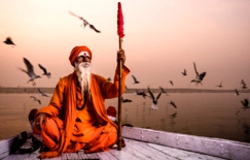

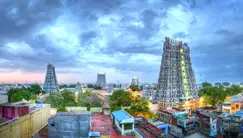

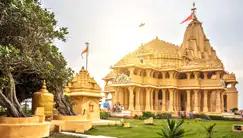

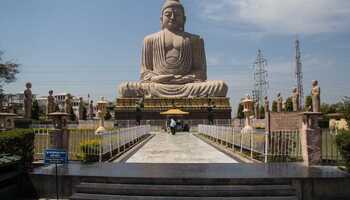
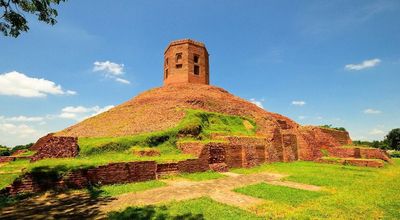
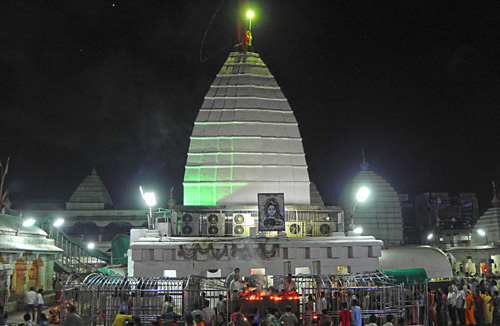
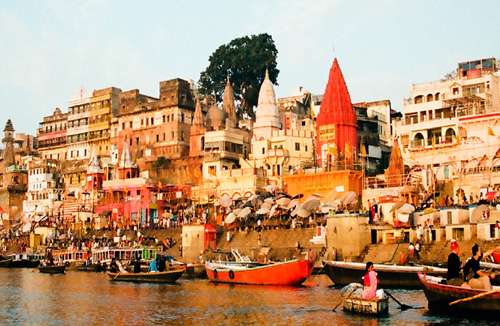
.jpg)
